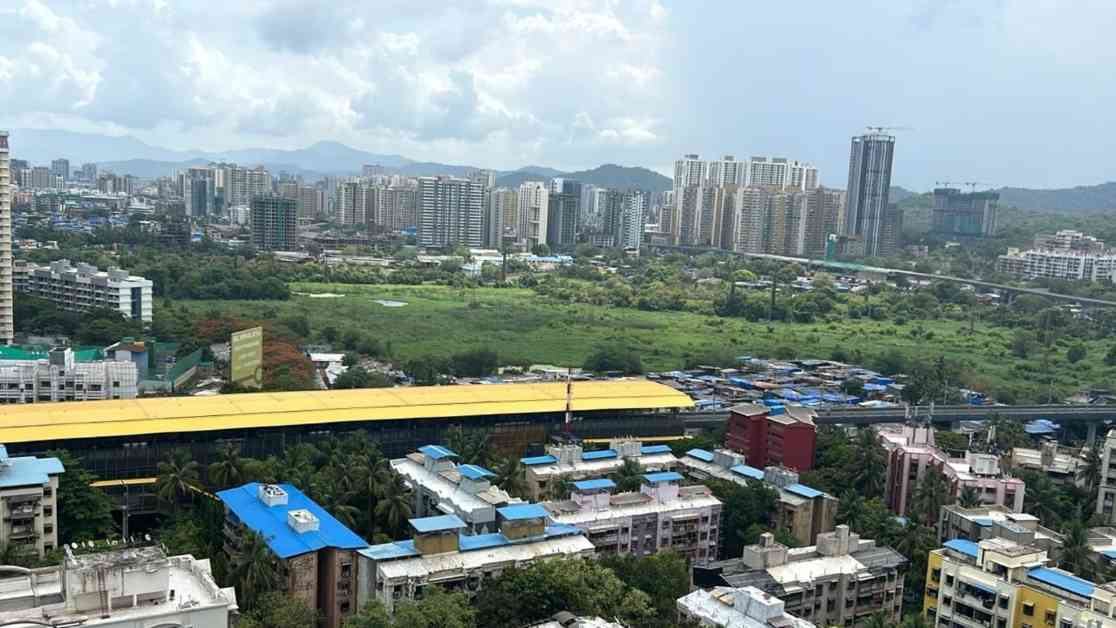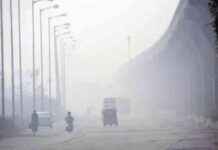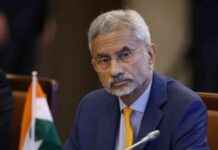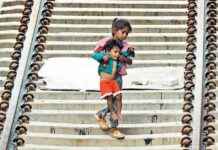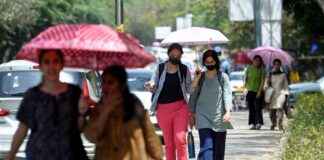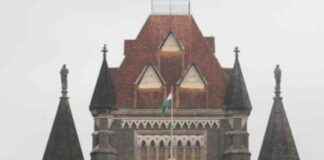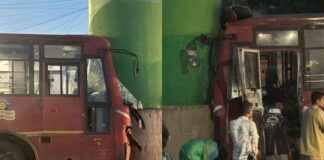The Maharashtra government’s plans to relocate ineligible tenants of Dharavi to Dahisar have been met with opposition, leading to the cancellation of the resettlement project in favor of an Inter-State Bus Terminal (ISBT) development. The decision to scrap the Dahisar resettlement plan came after protests from local residents and political pressure, particularly from the BJP.
Local Opposition Leads to Cancellation
The BMC had initially planned to resettle post-2000 residents of Dharavi, who were not entitled to houses in situ, at the Dahisar octroi naka depot. However, residents of Dahisar raised concerns about the influx of slum dwellers into their neighborhood, prompting the state government to reconsider the relocation project. As a result, the BMC issued a tender for the construction of an ISBT, a commercial complex, and a hotel on the vacant plot previously designated for Dharavi residents.
Political Dynamics at Play
The opposition to the Dharavi resettlement plan was not limited to local residents but also involved political parties, particularly the BJP. Manisha Chaudhari, the BJP MLA from Dahisar, played a key role in rallying against the relocation of Dharavi’s ineligible tenants to Dahisar. Chaudhari expressed her concerns about the impact of housing slum dwellers on the local community and successfully advocated for the development of an ISBT on the plot instead.
The BJP’s stance on the issue was further reinforced by North Mumbai MP Piyush Goyal, who joined local BJP units in pushing for the ISBT project during a meeting with municipal commissioner Bhushan Gagrani. The decision to prioritize the ISBT development over the Dharavi resettlement plan reflects the influence of political dynamics on urban development projects in Mumbai.
Challenges in Resettling Dharavi Residents
The cancellation of the Dahisar resettlement plan highlights the challenges faced in relocating Dharavi residents to alternative locations. In addition to Dahisar, BMC and government-owned plots in Mulund, Wadala, and Kurla were identified for the resettlement of post-2000 residents of Dharavi. However, all these locations faced opposition from local residents who were reluctant to accommodate slum dwellers in their vicinity.
The objections raised by locals in Mulund, Kurla, and Wadala underscore the complexities involved in addressing the housing needs of Dharavi residents. The resistance to the resettlement plans reflects broader social and economic concerns about the integration of slum communities into established urban neighborhoods.
Impact on Urban Development
The decision to cancel the Dahisar resettlement plan and prioritize the construction of an ISBT raises questions about the future of urban development projects in Mumbai. The shift in focus from housing to transportation infrastructure highlights the competing priorities facing city planners and policymakers in addressing the needs of marginalized communities like Dharavi residents.
The development of an ISBT on the vacant plot once designated for Dharavi residents symbolizes a broader trend towards prioritizing infrastructure projects over social housing initiatives. While the ISBT project promises to generate revenue and improve transportation services in the area, it also reflects the challenges of balancing economic development with social welfare objectives in urban planning.
Alternatives for Dharavi Residents
With the cancellation of the Dahisar resettlement plan, the Maharashtra government is exploring alternative options for the relocation of Dharavi residents who are not eligible for in situ housing. The state housing department and the Dharavi Rehabilitation and Development Project Implementation (DRPPL) are conducting a survey to identify eligible beneficiaries for free housing.
Residents who have constructed hutments before 2000 will be prioritized for free houses, with only ground-floor units included in the scheme. Those not eligible for free housing will be accommodated in rental housing schemes in Bhandup, Kanjurmarg, and Deonar. The focus on providing affordable housing options reflects the government’s commitment to addressing the housing needs of Dharavi residents in a sustainable and equitable manner.
In conclusion, the cancellation of the Dahisar resettlement plan and the shift towards an ISBT development highlight the complexities and challenges involved in addressing the housing needs of marginalized communities like Dharavi residents. The decision to prioritize infrastructure projects over social housing initiatives underscores the competing priorities facing urban development in Mumbai. Despite the obstacles and opposition faced in resettling Dharavi residents, the Maharashtra government remains committed to finding sustainable solutions to improve the living conditions of vulnerable populations in the city.
